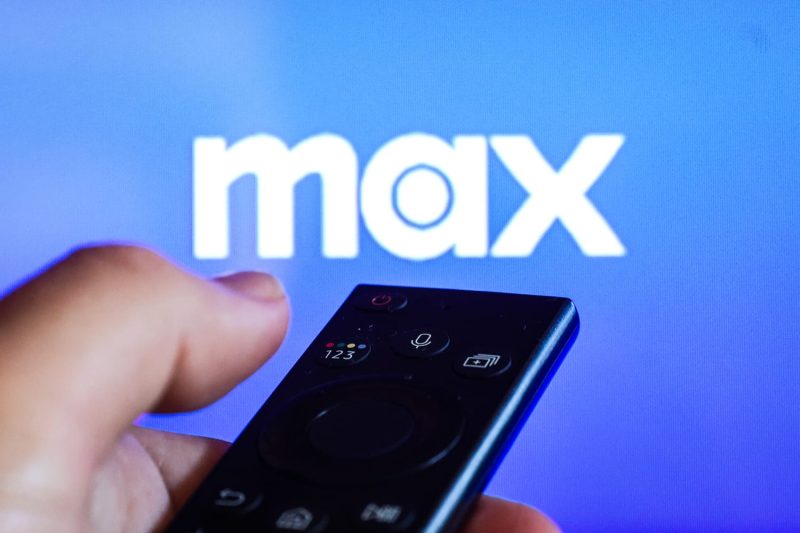
Credit card delinquency rates hit a nearly 12-year high
People are struggling to pay off their credit card debt even as many trim their spending.
The share of credit card balances that are past due reached the highest level ever in the first quarter, according to data the Philadelphia Federal Reserve has tracked since 2012.
The delinquencies come as consumers have leaned heavily on borrowing to pay for everything from groceries to vacations — expenses that have risen sharply during the pandemic recovery — and as higher interest rates to curb inflation have pushed card rates to record highs.
The Philadelphia Fed report, released Wednesday, found the number of accounts with balances at least 30 days past due fell in the first quarter, and total card balances dipped somewhat as well. Both are seasonal trends that typically occur at the start of the year after the holiday spending season, the report noted.
Even so, “account holders who are behind have larger balances left unpaid,” the researchers wrote.
The figures add to a worrying portrait of U.S. consumer credit, with first-quarter data released in May by the New York Federal Reserve showing household debt swelling and credit card and auto loan delinquency rates rising across age groups. Consumer spending has largely held up this year even as the economy cools and many tighten their belts. Wealthier households are still splurging on experiences like travel, while big brands dangle promotions to keep tighter-budget customers coming back.
“The fact that we see more people carrying balances for a longer period of time, and now more people falling behind, is evidence of the struggle that millions of households are engaged in just trying to make ends meet,” said Greg McBride, chief financial analyst at the personal finance company Bankrate.
Faced with steep rates and rising debt burdens, some consumers are thinking twice about extending themselves further.
The Philadelphia Fed also found declines in the number of new credit card accounts in the first quarter. While that’s also typical in the months after the holidays, the total is down from the same period last year, and major Wall Street firms have flagged recently that cardholders are tapping the brakes on spending.
A similar caution is showing up in the housing market, where mortgage initiations reached a record low in the Philadelphia Fed’s data. Mortgage demand has been on the downtrend even as rates ease, as some prospective homebuyers sit tight in hopes that the Federal Reserve will finally start lowering interest rates in the months ahead.
Interest rates took the elevator going up, but they’re going to take the stairs going down.
Bankrate CHief Financial Analyst Greg McBride
Cassandra Happe, an analyst at the personal finance website WalletHub, said the Philadelphia Fed’s mortgage data highlights “deepening affordability issues, with high housing costs and mortgage rates discouraging new home purchases.”
“The rising average loan size points to a market increasingly dominated by higher-income buyers, exacerbating housing inequality,” she said in an email.
As inflation has cooled, the Federal Reserve is widely expected to cut interest rates by September. But Bankrate’s McBride warned that it will take awhile for consumers to feel relief.
“Interest rates took the elevator going up, but they’re going to take the stairs going down,” he said. “Interest rates are not going to fall fast enough to bail you out of a bad situation.”



